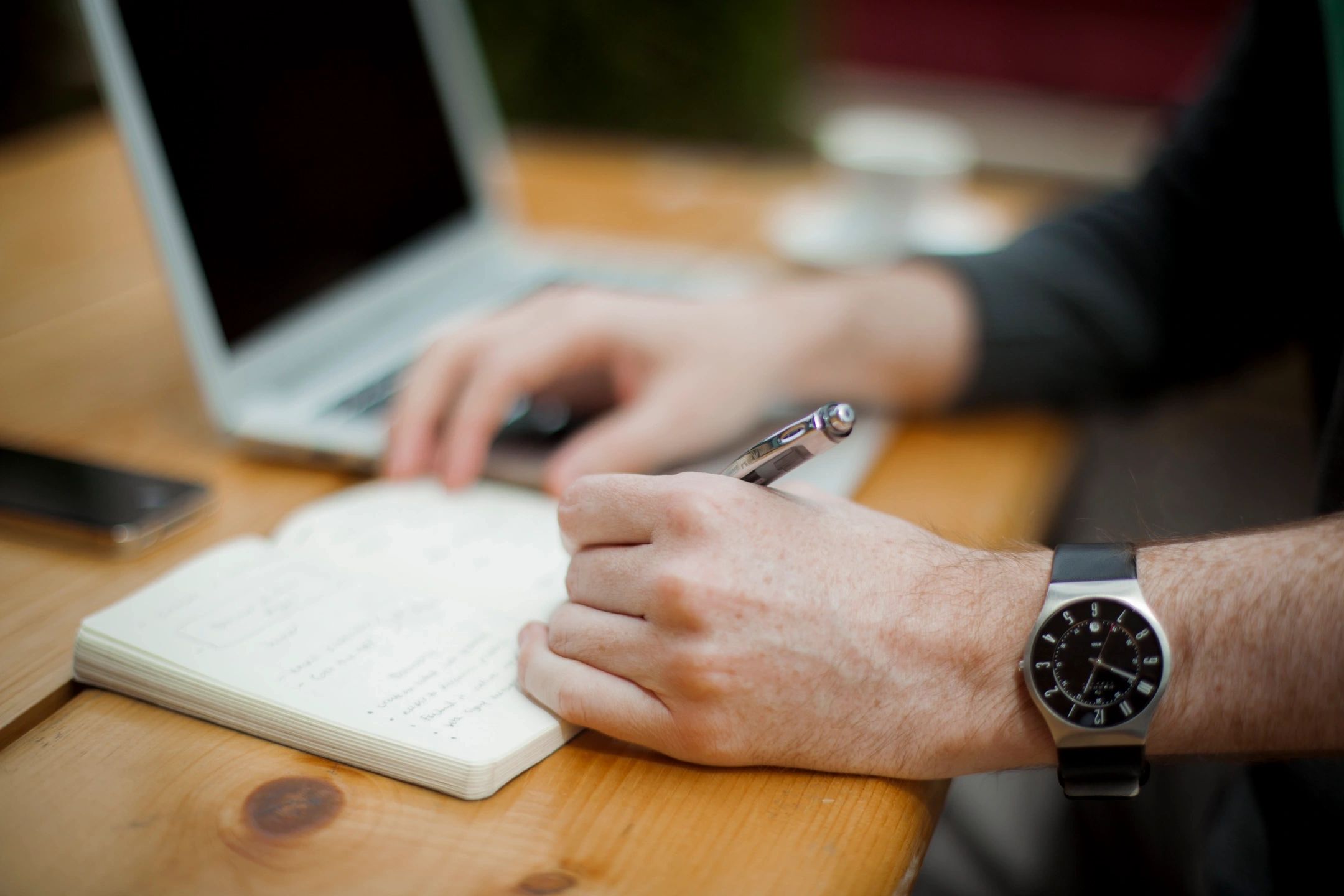Businesses need to foster flexibility to weather challenging times

Rising inflation, increased geopolitical risks and talent shortages all form part of the perfect storm facing business over the next 12 months. Business leaders must maintain a dual focus on short-term priorities to survive, and longer-term priorities to thrive, according to HLB’s annual Survey of Business Leaders 2023. (Key findings attached).
This year’s research explored how businesses across the world are grappling with a series of ‘low-probability, high-impact’ events. Key findings include:
82% see inflation as the top risk to business with 35% naming talent acquisition as the primary weakness they need to improve this year.
Almost half (48%) of business leaders are focusing on operational efficiencies while at the same time investing to innovate and grow.
Flexibility is seen as the top leadership behaviour in times of crisis, followed by integrity and accountability.
51% are rethinking their ESG responsibilities but there is still a way to go for business leaders to embrace the opportunities of effective ESG.
52% plan to accelerate new technology adoption to improve workforce productivity. Respondents identified AI (50%), cloud (47%), and renewable energy technologies (40%) as the most important for businesses over the next 5 years.
Marco Donzelli, HLB Global CEO said:
“The pandemic coupled with the knock-on effects of the War in Ukraine has challenged the resilience and agility of companies, with many having to swiftly adapt their strategy, business model and ways of working. What is clear from the research is that stakeholders demand that a company guides the way forward with a flexible mindset based on a clearly defined purpose and a strong emphasis on ESG matters”.
Through almost 600 responses from over 60 countries, HLB looked at some of the critical leadership behaviours needed during a crisis, the type of actions CEOs should prioritise for 2023, and the benefits of longer-term thinking for future success.
Corporate agility-The findings show that flexibility is the top leadership trait needed in times of crisis and must be seen in areas such as talent acquisition, digital capabilities, and supply chain management. 47% are focusing on short-term and longer-term priorities simultaneously. Almost half of business leaders are juggling operational efficiencies for today with investing to innovate and grow for tomorrow.
Fostering credibility and trust- Integrity is the second highest rated leadership behaviour selected by respondents in our survey. Leaders must be credible to foster trust among their stakeholders. 69% agree that they have clearly defined, communicated purpose and 43% are making progress on their journey to become carbon neutral over the next five years.
Sustainable thinking- Accountability is the third highest-ranking essential behaviour for successful leadership in times of crisis. Leaders surveyed are well along the maturity curve towards a more purpose-led business strategy and are looking to redefine ESG goals. Among our survey respondents, 15% claim to be entirely purpose-led and 37% try to meet wider stakeholder expectations in their ESG goals. Yet, our data also suggests that not all leaders are as committed. 40% of respondents only do what is required by regulators. 8% disregard ESG entirely, rather than use it as an opportunity to innovate and grow.






